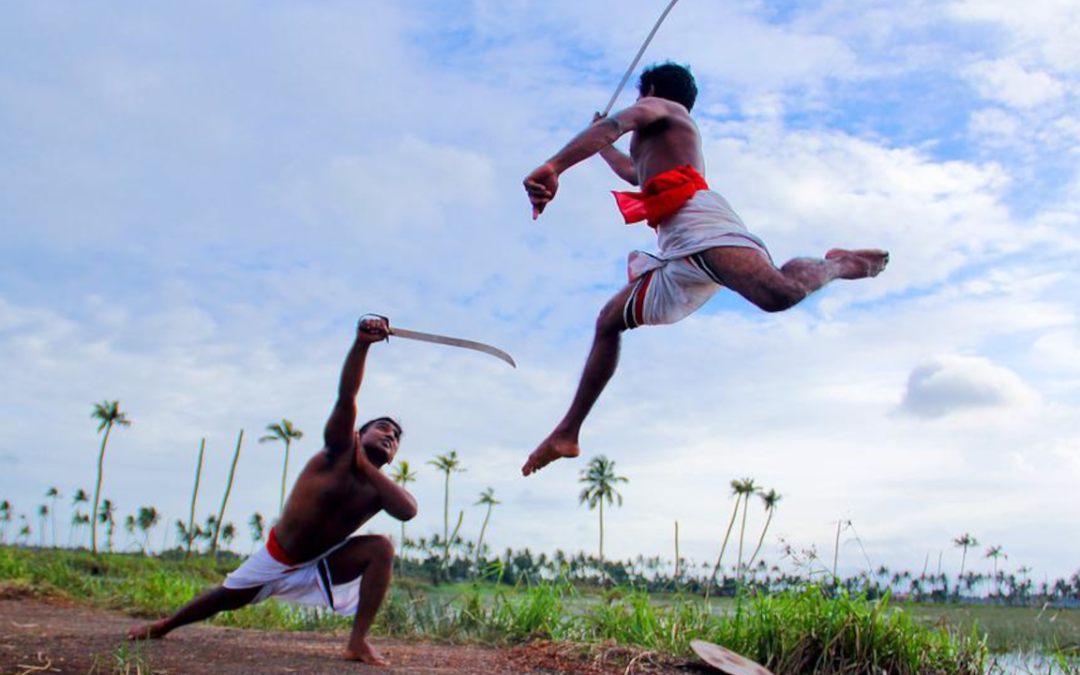Martial arts are an old and noble tradition, in some cases dating back thousands of years. The mere mention of the term can conjure up images of ancient Shaolin monks studying Kung-fu in remote mountain temples. But the oldest martial arts are not from the Shaolin school. This leads to the obvious question, a question I will now attempt to answer in this article. I would note that there is some debate as to the exact dates and order in which these martial arts should be listed. I have therefore ranked these based on the best available sources at the time. It’s also important to note that I am only considering oldest martial arts that are still being practiced today. So there may well be some extinct martial arts that are much older than those mentioned here.
10: Savate
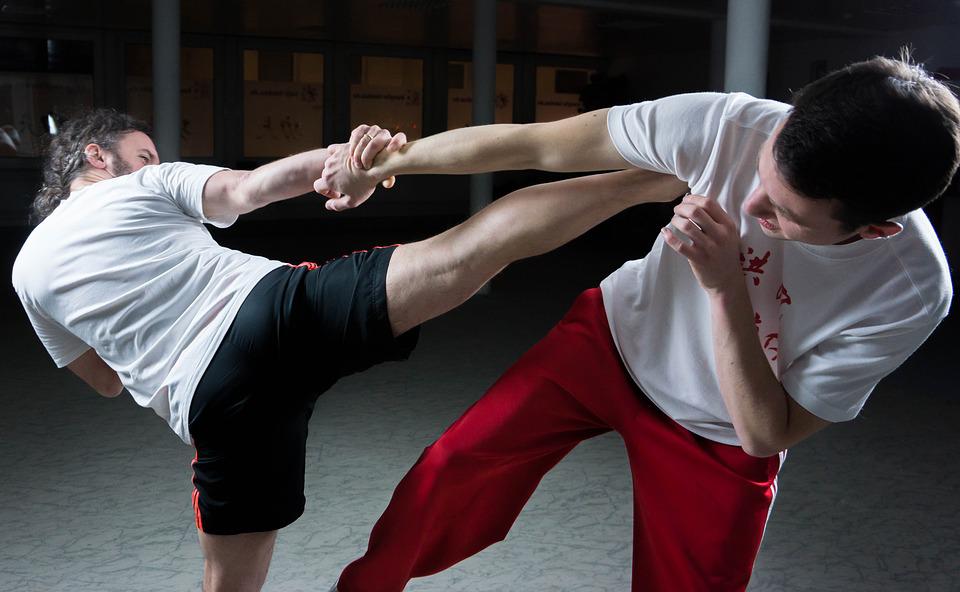
Little known yet influential in the world of kick boxing, Savate was developed on the mean streets of 1700s France. Maturing in the southern city of Marseilles, the art form was largely developed by sailors who often engaged in drunken street fighting. Unlike the more popular form of fighting at the time, boxing, kicks were allowed and encouraged within Savate. Speed was prioritized over power. This can still be seen with Savate fighters staying light on their toes and bouncing as they prepare to throw kicks at the opponent. But there are also elements of boxing heavily included in the art. For a long time it had a reputation as a sport only practiced by thugs and street fighters. But in time the efficiency of the system stood out.
In 1924 Savate became an Olympic sport. Admittedly, it was only for that year and the event was held in France – but it’s still impressive. At one point even Bruce Lee was drawn to Savate, incorporating many of it’s attacks into his own fighting system. As a further testament to the style, a Savate fighter won second place at the first ever UFC event.
9: Taekkyon
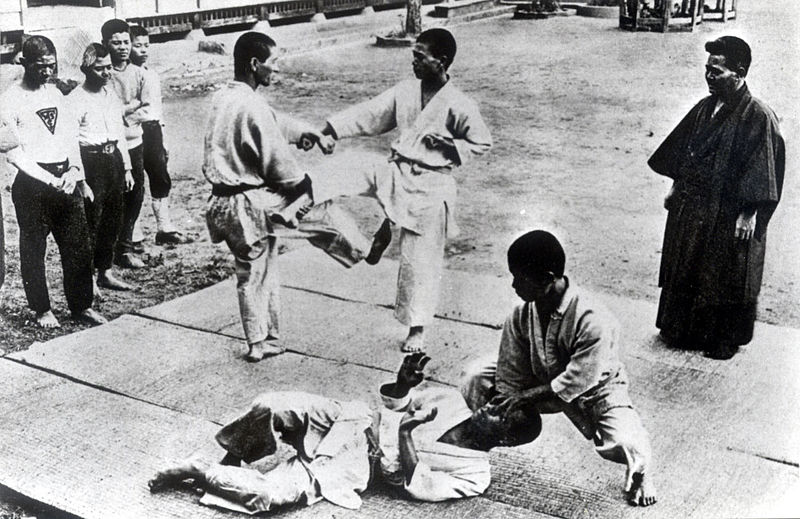
Like with most of the oldest martial arts in the world, Taekkyon seems to have developed slowly over time before being officially codified as a modern system. In this case it was codified in 1700s Korea. At the time Korea was an independent kingdom that fiercely defended it’s territory. Sandwiched between the great empires of China and Japan, it relied in part on martial arts. Taekkyon makes use of joint locks, throws, and striking techniques. The footwork is somewhat rhythmic and can seem to outsiders as a dance. In fact, it is a carefully planned series of movements designed to lure the opponent into a trap.
While Taekkyon is still practised, Taekwondo has in modern times become much more popular in Korea and globally. But Taekkyon is, along with Karate, the two main sources of what would develop into Taekwondo. So in a sense Taekkyon lives on as part of the world’s most popular martial art. Not bad considering Taekkyon was almost stamped out of existence during the Japanese occupation of Korea.
8: Mardani Khel
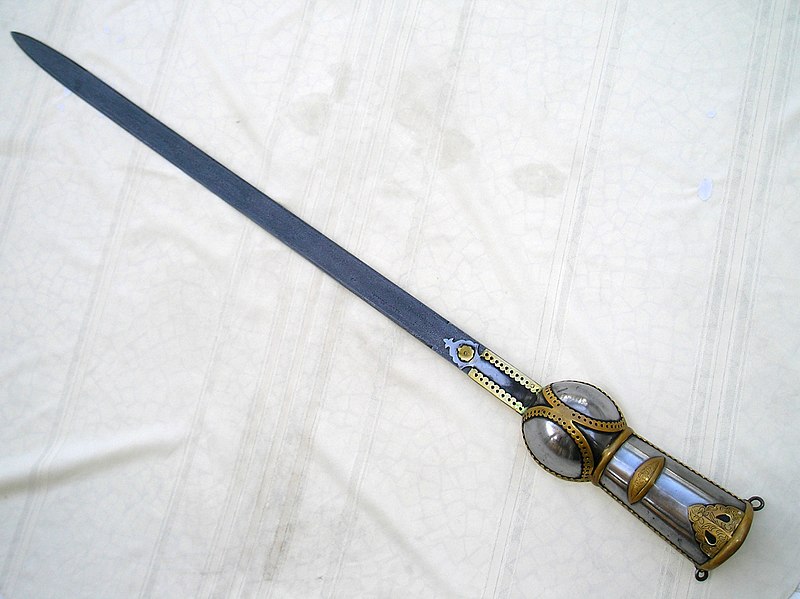
Mardani Khel is an Indian martial art that focuses mainly on armed combat. It emerged and was developed before India was colonized by Europeans. You see, India has a long history or warfare. For most of it’s history India was divided between multiple independent states who primarily battled with each other. In the constant warfare, a series of weapons unique to India were forged. With them, a series of martial arts teaching their usage. No traditional armed combat system is more respected within India than Mardani Khel. A main weapon of Mardani Khel is the Pata, pictured just above this paragraph. In the 1600s guns had started to be introduced to Indian warfare. But their inefficiency meant close combat fighting was often a bigger part of battle than firepower. This meant that those kingdoms that insisted their troops train Mardani Khel had an enduring edge in military matters.
7: karate

Perhaps the most well known martial art you will read about here, Karate arose from humble origins. It was born on the tiny island of Okinawa. After Chinese martial arts were introduced to Okinawa in the late 14th century, schools in the isolated island began to build on what they had learned. Streamlining the striking and focusing on directness, the sum of which is an effective and versatile striking system. Similar to Taekwondo, Karate has is more like 50 percent kicking and punching respectively. This in my opinion makes it a great base, and a fantastic first martial art to then build upon by training in others. Today between 50 and 100 million people train Karate globally. There is a good reason for this. Many of the most successful MMA fighters have a background in the art. It also became an Olympic sport in 2021.
6: Iaido
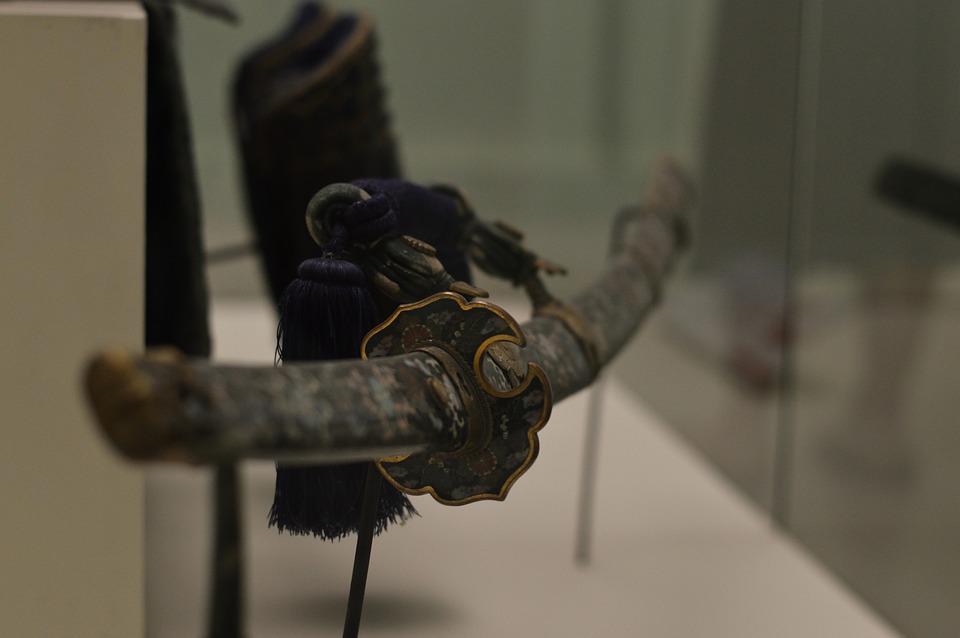
Iaido is like the less well known uncle of Kendo. Founded in the mid 1500s, Iaido is a martial art focusing entirely on swordsmanship. Emerging from Japan in a time of bloody Samurai warfare, sword fighting was arguably the most decisive element of battle. But not all sword fights are equal. The philosophy behind Iaido is that most sword fights are won and lost within the first few seconds of the battle. So a major part of Iaido is training yourself to always be ready to draw your sword. To draw your sword quickly and be instantly ready for battle. This, in theory, would give you an edge over any opponent. It is not exactly the most popular combat system, but certainly is one of the oldest martial arts still in existence.
5: Jiu-Jitsu
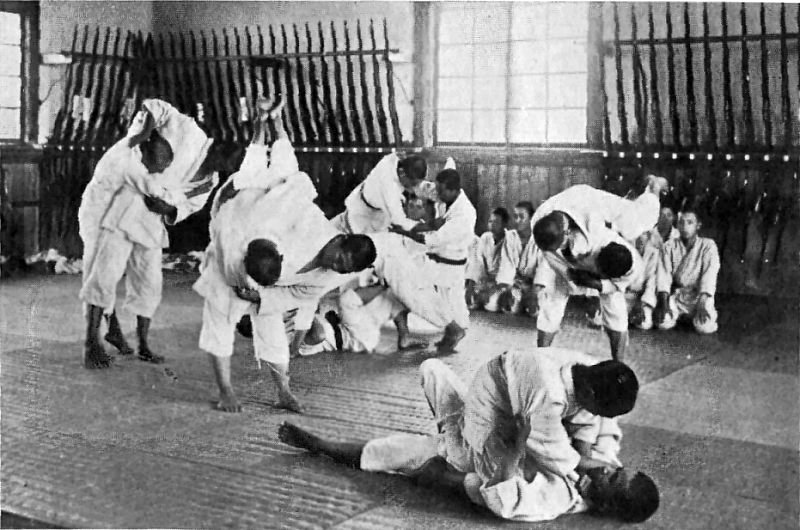
Not to be confused with the more modern Brazilian Jiu-Jitsu, or BJJ, this is the original Japanese art form. Both are commonly referred to simply as Jiu-Jitsu. But BJJ was actually adapted from Judo, which itself was adapted from traditional Jiu-Jitsu. Speaking of which, Jiu-Jitsu was developed by Samurai clans in medieval Japan. Since the Samurai wore heavy armor, it was decided that their combat system should consist of joint locks. This meant that penetrating their thick armor was not necessary to subdue the enemy. In time this developed into a wide ranging system of throws, take downs, choke holds and joint locks. It remains one of the most effective martial arts in the world, enabling the practitioner to drag the opponent into waters they have never before experienced.
4: Kung-fu
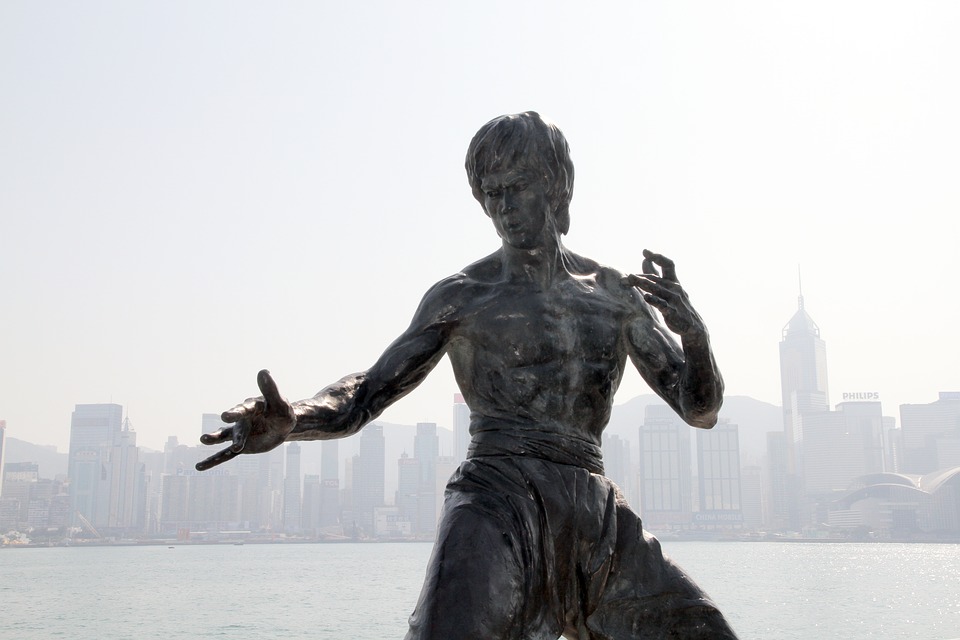
Kung-fu is really an umbrella term referring to all kinds of traditional Chinese martial arts. The reason I do not name a specific art form is because it’s unclear which exactly is the oldest. According to legend a monk from either India or central Asia traveled to China in the 5th or 6th century. There, he introduced Indian martial arts to the largely pacifist Buddhist monks of China. In time those monks would adapt the system into Shaolin Kung-fu. Through the centuries Kung-fu would branch out into various kinds of independent fighting styles. Wing Chun is the style that Bruce Lee was raised on, while Jackie Chan was raised on traditional Shaolin. Some modern styles are more similar to western kick boxing than Shaolin Kung-fu. Either way, Kung-fu styles are undoubtedly the oldest martial arts in China.
3: Kalaripayattu
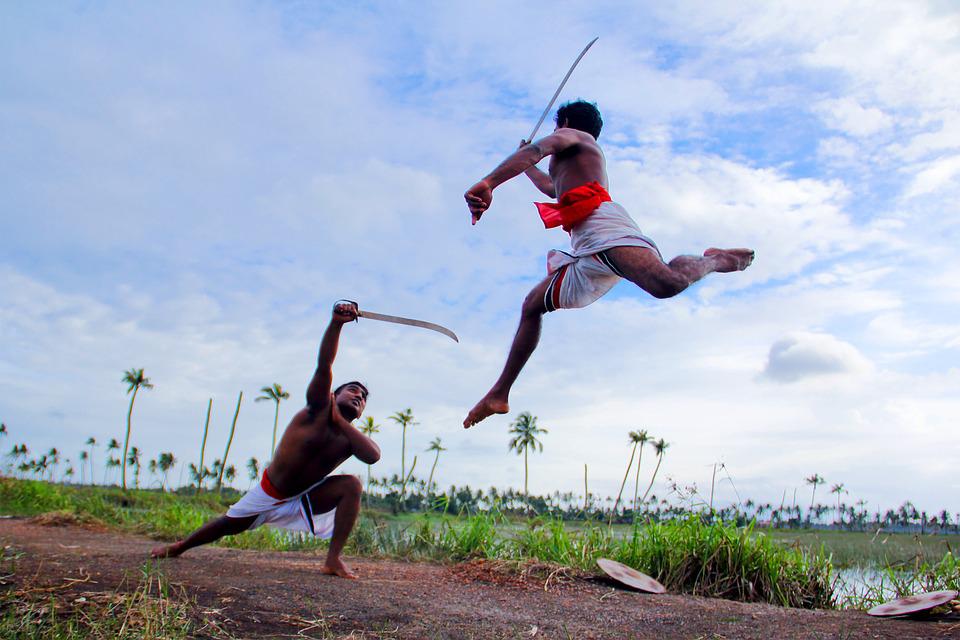
As mentioned in the Kung-fu section, Kung-fu seems to have been founded by a monk who studied an Indian martial art. That martial art was Kalaripayattu. Kalaripayattu roughly means “Arts of the Battlefield” – and that’s a fitting description. Making aggressive use of weapons and only basic unarmed techniques, it was intended only for warriors. In fact, unarmed techniques are typically taught only after students have a basic grip on some of the armed techniques. Unusually for a three thousand year old martial art, women have always held a firm position within Kalaripayattu. Is it the most effective fighting system? No. Actually, it’s one of the least. But it’s still amazing to think that such an old tradition is still being practiced today.
2: Pankration
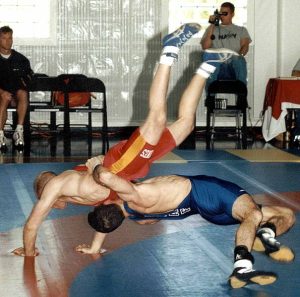
Unless you’re a history buff you’ve probably never heard of Pankration. Now known as the first true mixed martial art, it had elements of wrestling and striking. The striking was not just boxing but also used kicks. The wrestling was unlike other styles in that it featured both joint locks and choke holds. This makes Pankration eerily similar to modern MMA. But it was practiced all the way back in ancient Greece, even being part of the ancient Olympic games. When Greece was conquered by Rome, Pankration was adopted into Roman society. It was simply superior to any fighting system Rome had at the time. Yet with the passage of the ancient world into modernity, Pankration gradually declined. Contrary to popular opinion Pankration is still practiced today, though only by a small number of people.
1: Malla-yudda
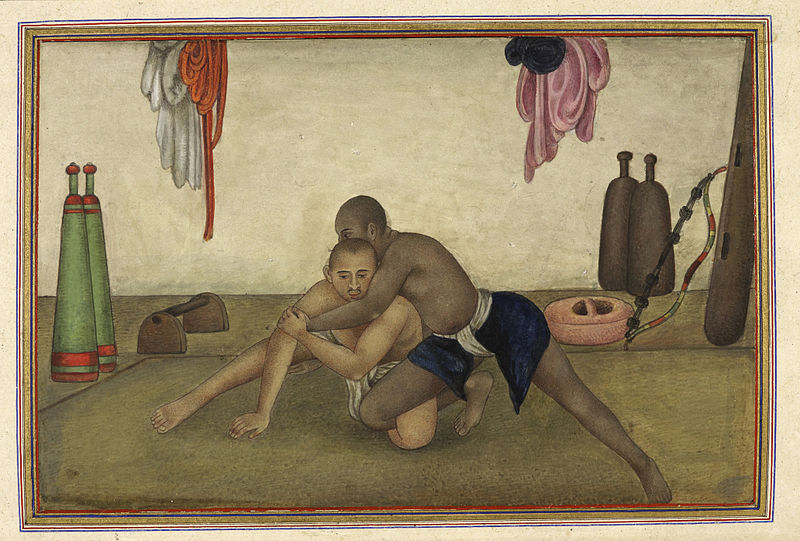
It may surprise you that three of the oldest martial arts in the world are from India. But there is a good reason for that. India is one of the oldest countries in the world. In fact, the country draws it’s name and origin to the Indus Valley Civilization. Some believe that the Indian fascination with wrestling goes back to the Indus valley days. Either way, the oldest still in existence is Malla-yudda. While Malla-yudda is primarily a wrestling based system, almost any form of attack is allowed and practiced. Striking, choke holds, pressure points, and even biting is part of the martial art. Competitions have traditionally been violent and full contact, with bloody and sometimes deadly results. For this reason it was almost banned at several points in history. Yet Malla-yudda is still studied today.

